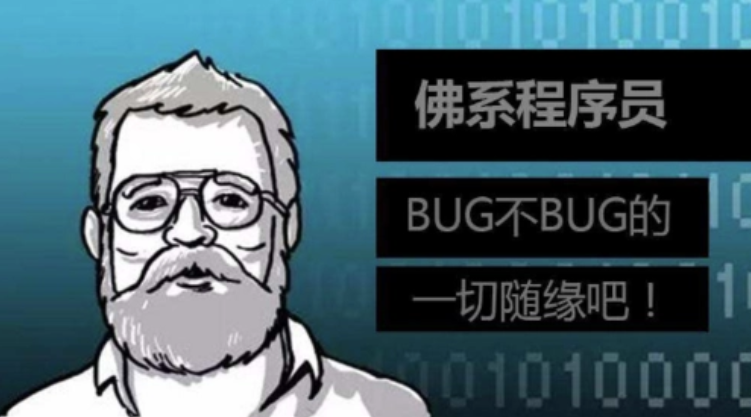好的,在Linux中设置本地软件源(例如使用DVD/CD或ISO镜像)非常实用,尤其是在没有互联网连接的环境、需要快速部署相同软件到多台机器,或者需要严格管控软件版本的场景下。
以下是针对不同主流发行版的详细设置方法。
核心思路
无论哪种发行版,设置本地源的核心步骤都类似:
- 挂载源介质:将包含软件包的DVD或ISO镜像文件挂载到某个目录(如
/mnt或/media)。 - 配置包管理器:告诉系统的包管理器(apt, yum, dnf, zypper)去你挂载的目录里寻找软件包。
- 刷新缓存:让包管理器扫描新配置的源并建立本地缓存。
- 优先使用本地源:通过配置优先级,确保系统优先从本地源安装,找不到时再fallback到网络源(可选)。
1. Ubuntu / Debian (使用 apt)
这种方法适用于Ubuntu/Debian的安装光盘或ISO镜像。
步骤 1: 挂载本地介质
假设你的ISO文件是 ubuntu-22.04.3-live-server-amd64.iso,将其挂载到 /mnt 目录。
# 创建挂载点
sudo mkdir -p /mnt/local-repo
# 挂载ISO文件 (将路径替换为你的实际ISO路径)
sudo mount -o loop /path/to/your/ubuntu-22.04.3-live-server-amd64.iso /mnt/local-repo
# 或者挂载物理光驱
# sudo mount /dev/sr0 /mnt/local-repo
# 检查是否挂载成功
ls /mnt/local-repo
步骤 2: 配置APT源
备份现有源列表并创建一个新的源文件。
# 备份所有现有源文件
sudo cp -r /etc/apt/sources.list.d /etc/apt/sources.list.d.bak
sudo cp /etc/apt/sources.list /etc/apt/sources.list.bak
# 创建一个新的source list文件来指向本地源
sudo nano /etc/apt/sources.list.d/local.list
在该文件中添加以下内容(Debian用户请将 jammy 替换为自己的版本代号,如 bookworm):
# Local Repository (CD-ROM)
deb [allow-insecure=yes, trusted=yes] file:/mnt/local-repo jammy main restricted
allow-insecure=yes和trusted=yes:因为本地文件系统没有HTTPS证书,这些选项是必需的。file:/mnt/local-repo:使用file:URI指定本地路径。jammy main restricted:发布版本和组件名称,请根据你的ISO内容修改。
(可选):注释掉或移除以 http 或 https 开头的网络源,以确保只从本地安装。可以在 /etc/apt/sources.list 中每行前加 #。
步骤 3: 更新APT缓存
# 更新软件包列表,现在它会扫描本地目录
sudo apt update
# 现在尝试从本地源安装软件吧!
sudo apt install <package-name>
2. CentOS / RHEL / Rocky Linux (使用 yum/dnf)
这种方法适用于CentOS/RHEL系列的DVD镜像。
强烈推荐的方法:创建可用的Repo数据
大多数官方DVD中的 .repo 文件指向的是在线地址,直接使用会报错。我们需要自己创建一个。
步骤 A: Mount ISO and Copy Contents (Optional but Recommended)
为了以后方便管理,建议将整个ISO内容复制到硬盘的一个目录(如 /opt/repos/local),而不是一直挂着ISO。
# Create a directory to hold the repo contents permanently.
sudo mkdir -p /opt/repos/local
# Mount the ISO temporarily to copy files.
sudo mount -o loop /path/to/CentOS-7-x86_64-Everything-2009.iso /mnt
# Copy ALL contents from the ISO to the permanent directory.
sudo cp -rv /mnt/* /opt/repos/local/
# Unmount the ISO since we no longer need it mounted.
sudo umount /mnt
# Ensure the directory structure is correct.
ls -l /opt/repos/local/
步骤 B: Create the Local Repo File
现在为这个本地目录创建一个 .repo配置文件。这是最关键的一步!
sudo nano /etc/yum.repos.d/local.repo
添加以下内容(以CentOS为例):
[Local-BaseOS]
name=Local CentOS BaseOS Repository
baseurl=file:///opt/repos/local/BaseOS/
enabled=1 # Enable this repository
gpgcheck=0 # Disable GPG check for simplicity (set to 1 and add gpgkey= if you have the key)
priority=1 # Lower number means higher priority. This ensures local repo is used first.
[Local-AppStream]
name=Local CentOS AppStream Repository
baseurl=file:///opt/repos/local/AppStream/
enabled=1
gpgcheck=0
priority=1
baseurl: 必须指向包含repodata/文件夹的那个目录!- 对于CentOS/RHEL/Fedora DVD镜像来说通常有两个主要仓库:
<Your_Mount_Point>/BaseOS/<Your_Mount_Point>/AppStream
- 对于CentOS/RHEL/Fedora DVD镜像来说通常有两个主要仓库:
步骤 C: Clean and Build Cache
清理旧缓存并让DNF/Yum为新创建的本地仓库建立元数据缓存:
# Clean all cached metadata from disabled or removed repos.
sudo dnf clean all # For systems using dnf (CentOS8+/Rocky/AlmaLinux)
## OR ##
sudo yum clean all # For older systems using yum (e.g., CentOS7)
# Make cache for the new local repository.
sudo dnf makecache # Or 'yum makecache'
现在就可以使用了:
sudo dnf install httpd
验证和使用
配置完成后,可以使用以下命令验证:
- Ubuntu/Debian:
apt policy <package-name>,查看候选版本是否来自你的本地源。 - CentOS/RHEL:
dnf repolist all,确认你的local.repo是启用的(enabled)。使用dnf --disablerepo="*" --enablerepo="local*" list available可以只列出本地源的包。
要卸载不再需要的本地仓库:
- 卸载挂载点:
sudo umount /mnt/cdrom - 删除或重命名你创建的配置文件(如
/etc/yum.repos.d/mylocal.repo) - 再次运行清理和生成缓存命令。
内容由零声教学AI助手提供,问题来源于学员提问










![/data # iw --debug dev wlan0 connect -w "lucky-5g" auth open key 0:1234567890
Usage: iw [options] dev connect [-w] [] [] [auth open|shared] [key 0:abcde d:1:6162636465] [mfp:req/opt/no]
Join the network with ...](https://linuxcpp.0voice.com/zb_users/upload/2023/05/202305162239148267954.png)
![驱动代码
void kalRxTaskletSchedule(struct GLUE_INFO *pr)
{
static unsigned int num = 0;
tasklet_hi_schedule(&pr->rRxTask[(num++)%NR_CPUS]);
// tasklet_hi_schedule(&pr->rRxTask);
DBGLOG(HAL, ERROR,](https://linuxcpp.0voice.com/zb_users/upload/2023/05/202305162226144313964.png)







